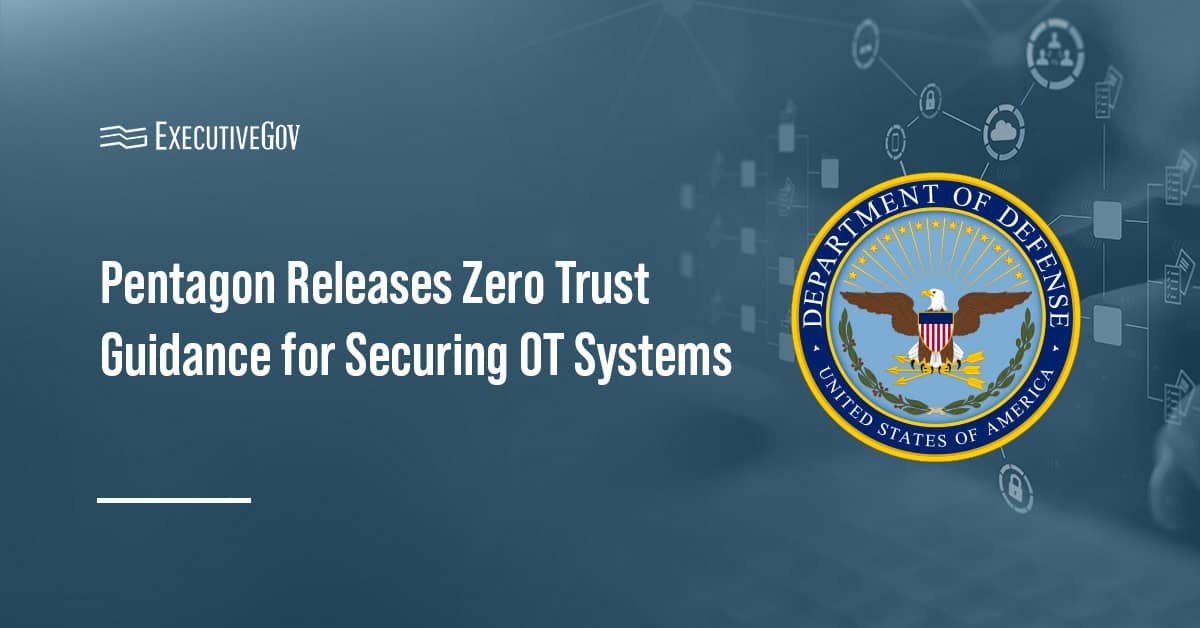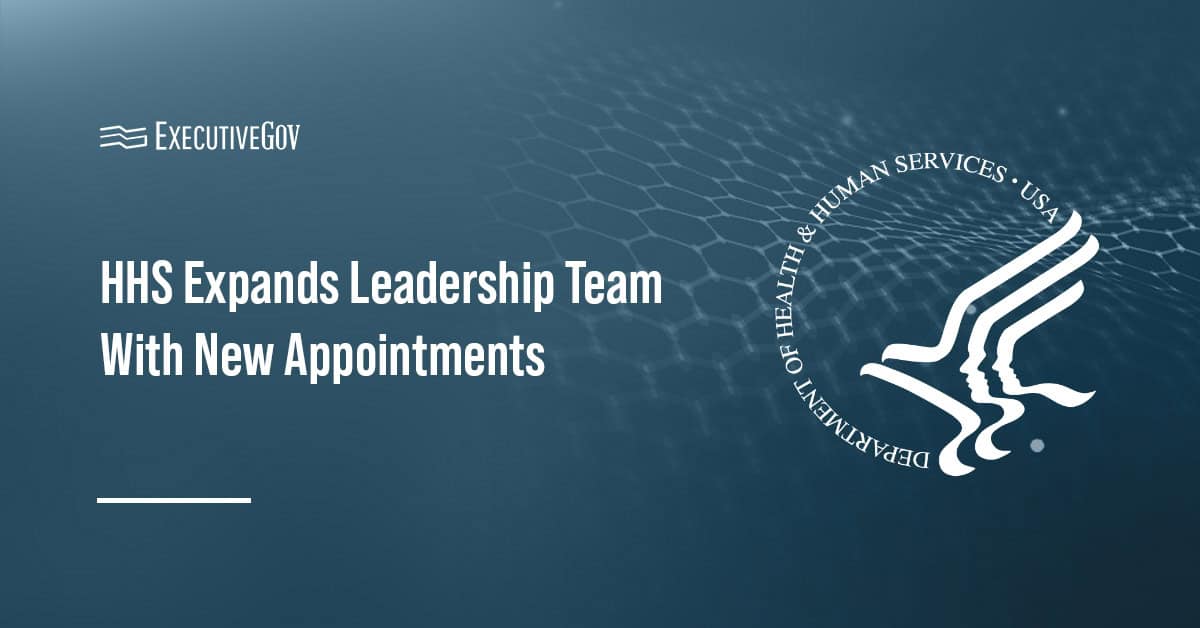
Rep. Mac Thornberry (R-Texas) has proposed a budget flexibility measure that would allow the Defense Department to prototype, experiment and field new technologies outside major DoD acquisition programs, Defense News reported Monday.
Aaron Mehta writes the proposal is written under section 1702 of the House Armed Services Committee chairman’s markup of the fiscal year 2017 National Defense Authorization Act.
Thornberry introduced the language to the NDAA with the intent to help military service branches obtain funds for research and development of components to support multiple systems, Mehta reports.
“The services would then be able to select and fund prototyping projects during the year of execution without waiting the 2-3 years required for the typical budget process or initiation of a new program of record,” according NDAA documents obtained by Defense News.





